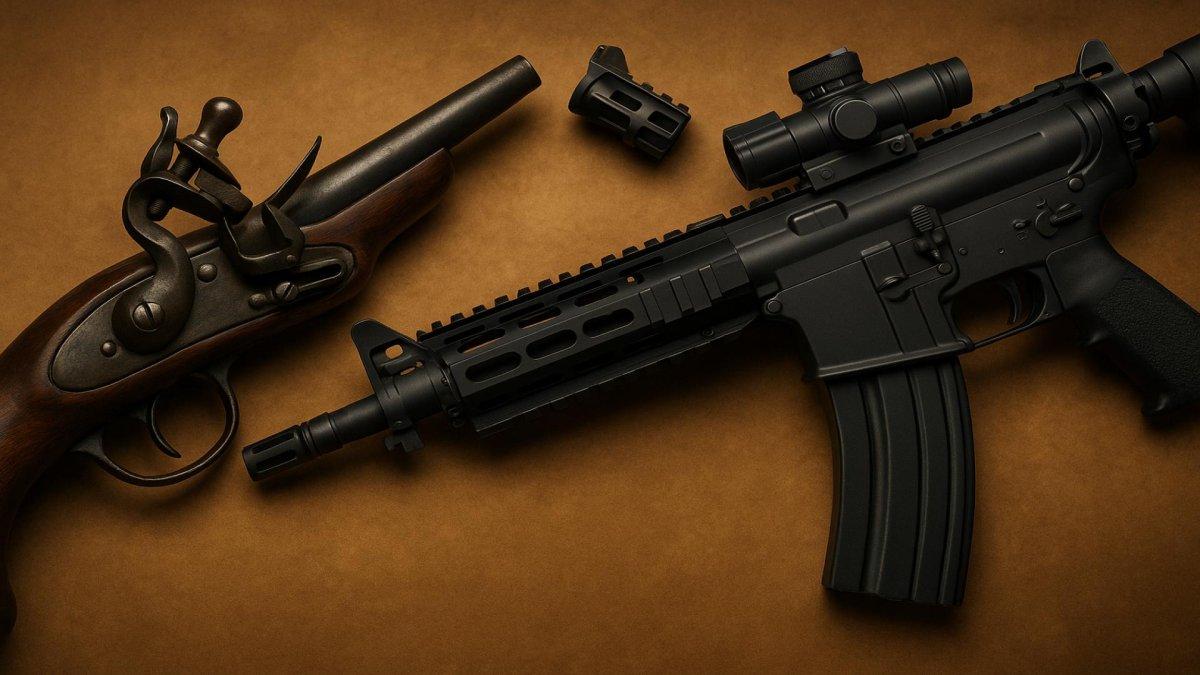6. Mikhail Kalashnikov: The AK-47 Creator

Mikhail Kalashnikov’s invention of the AK-47 in 1947 introduced a firearm that would become a global icon due to its durability and simplicity. Designed for easy use in harsh conditions, the AK-47’s robust construction and reliable performance made it a favorite among military forces and insurgent groups alike. Its widespread distribution and adaptability have cemented its status as one of the most recognized and utilized firearms in the world. Kalashnikov’s design has not only influenced countless other weapons but also played a significant role in shaping modern military conflicts across the globe.

























